Nurse embraces adrenaline, missions in chopper
Apr 27, 2023
Sarah VanHorn, a flight nurse at CHI Health Good Samaritan Hospital, guides me across the windy roof of the hospital. We stroll toward the navy-blue helicopter resting on the tarmac, its blades glistening in the sun. She smiles with pride as she talks about the chopper and her duties.
VanHorn has been a flight nurse for two and a half years at Good Samaritan.
The Kearney native was introduced to the medical field by her mom, a nurse that worked at Good Samaritan for years. VanHorn had wanted to be a flight nurse ever since she was a little girl.
“My mom has worked here forever, but the helicopter on the top of the hospital always caught my eye,” VanHorn said. “I just always wanted to be one of them.”
VanHorn attended Wayne State University and received a degree in general studies. She returned to Kearney in 2010 to attend Central Community College, where she got her certification as a licensed practical nurse. From there, she followed the steps to becoming a flight nurse.
One of the steps recommended to become a flight nurse is to work three to five years in critical care. VanHorn followed this advice after she got her registered nurse certification and started in the “float pool.” According to Incredible Health, a “float pool” is meant to relieve short-staffed units by having RNs and temporary nurse aides work throughout the hospital. VanHorn said this experience gave her the opportunity to work on every floor of the hospital.
She also recommends that every new grad works a few years in critical care.
“It’s a good way to figure out what you want to do,” VanHorn said. “You get a little taste of everything.”
After this training, she transitioned to the ER when Good Samaritan started hiring nurses to work on ambulances. VanHorn jumped on the opportunity alongside a coworker who would one day become her flight partner; this is where she discovered she was an adrenaline junkie and enjoyed working in an intense environment where everything is “going full speed.”
In February 2020, she reached her “end goal” of becoming a flight nurse.
At Good Samaritan Hospital, flight nurses work 24-hour shifts. This means VanHorn’s day starts at 6 a.m. According to Pacific College, flight nurses follow a schedule of six to eight shifts per month.
Good Samaritan implements this schedule for its flight nurses.
“It’s nice that you can knock out your work in two days,” VanHorn said.
Once she gets to work, VanHorn and her fellow crew members go on daily helicopter checks to ensure they have all the equipment they need. They also have in-hospital equipment checks where they prepare their ground bags, which are needed in the event of unexpected transport missions. Then, the nurses wait for flights to come.
In the meantime, VanHorn and the rest of the flight nurses have their education to maintain.
This education includes quarterly competencies, yearly competencies and other certificates. To check off these competencies, nurses practice activities ranging from cadaver labs, inserting chest tubes and going on trips teaching nurses how to survive in the case of a crash.
VanHorn feels lucky that she works in Good Samaritan AirCare because it is hospital based.
“We can assist with anything that goes on in the hospital,” VanHorn said. “We get lots of experience because not all helicopters are hospital-based.”
According to the website for CHI Health Good Samaritan Hospital, AirCare is the longest operating original air ambulance service in Nebraska. The program was founded in Kearney in 1982 and flies from central Nebraska to northern Kansas to provide emergency care. Flight nurses also get the honor of using a Bell 429 helicopter.
VanHorn and her crew are proud of their “Belle.”
“We call her ‘Belle’ because she reminds us of a southern belle,” VanHorn said. “She’s the biggest and fastest in the state.”
In addition to the love she has for her workplace and helicopter, VanHorn appreciates her team of flight nurses.
“I feel super lucky because we’re such a tight-knit group,” VanHorn said. “I never feel like I take the bad experiences home.”
VanHorn reflected on how she and her crew have achieved their life goals of becoming flight nurses.
“I always joke, like, we dreamed of this and here we are,” VanHorn said. “We’re doing what we dreamed of.”



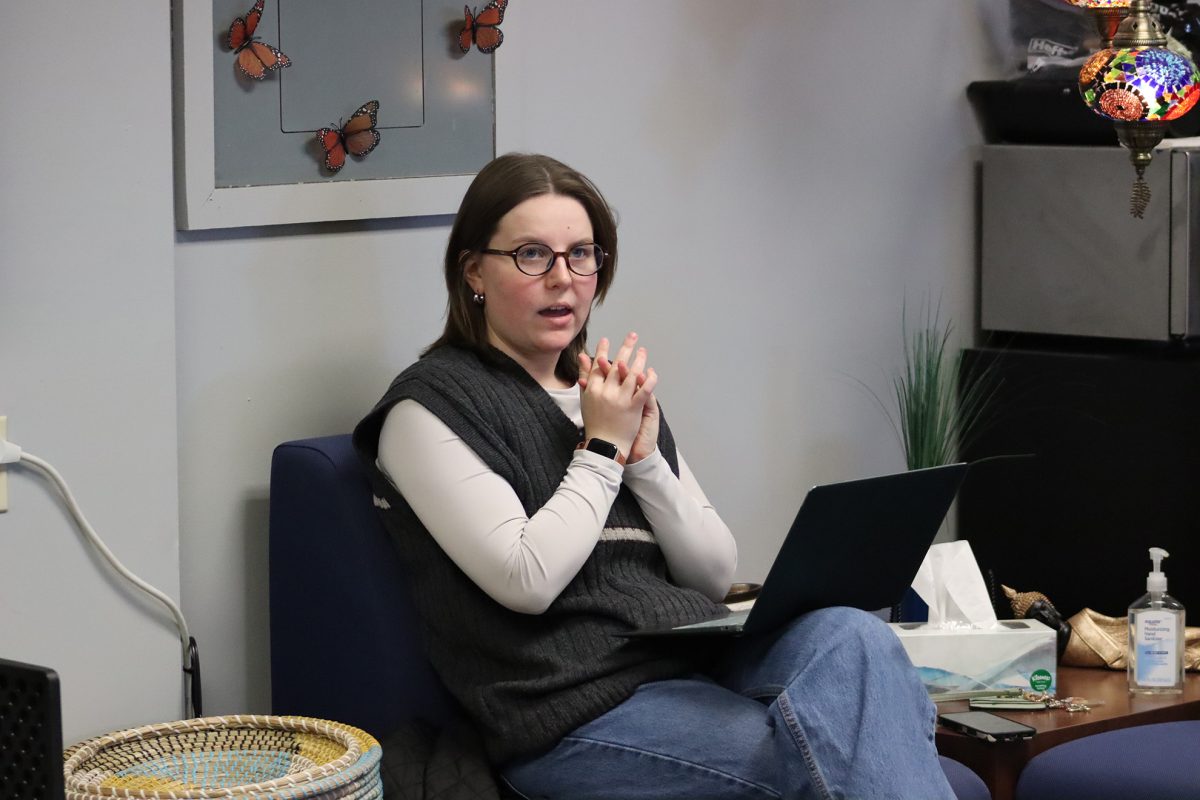


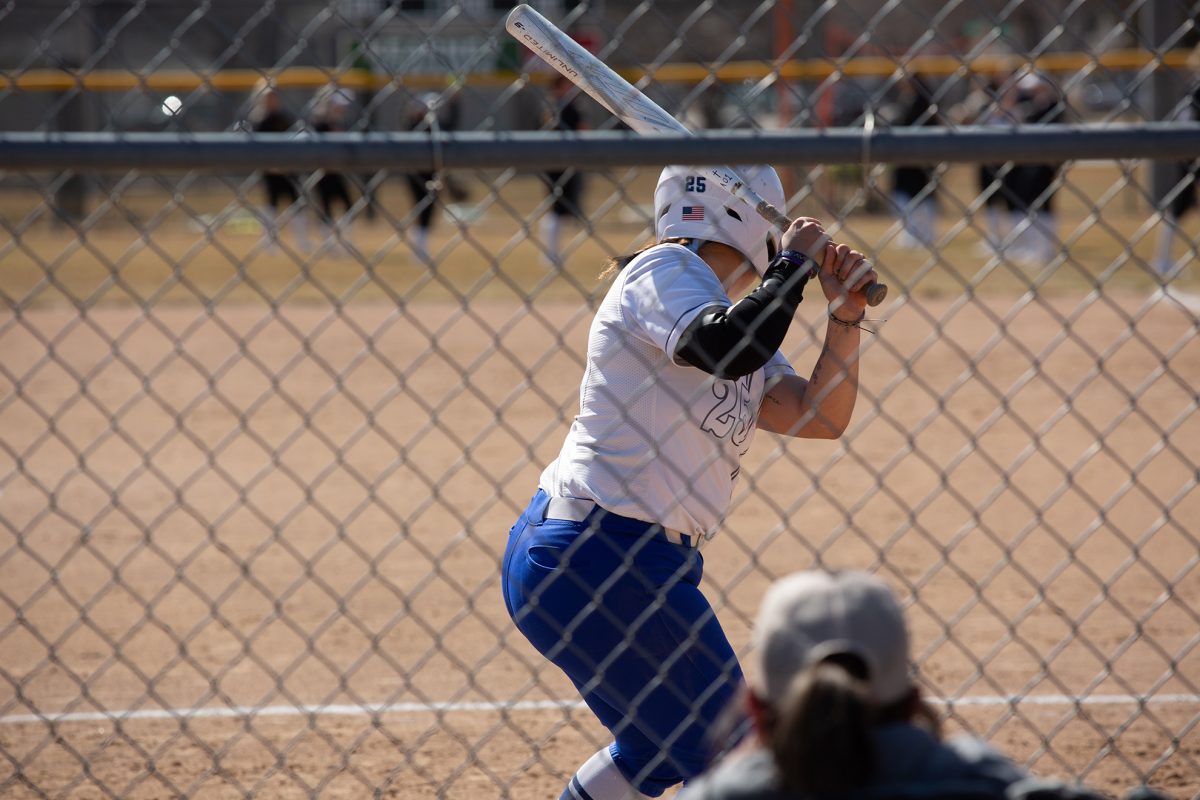


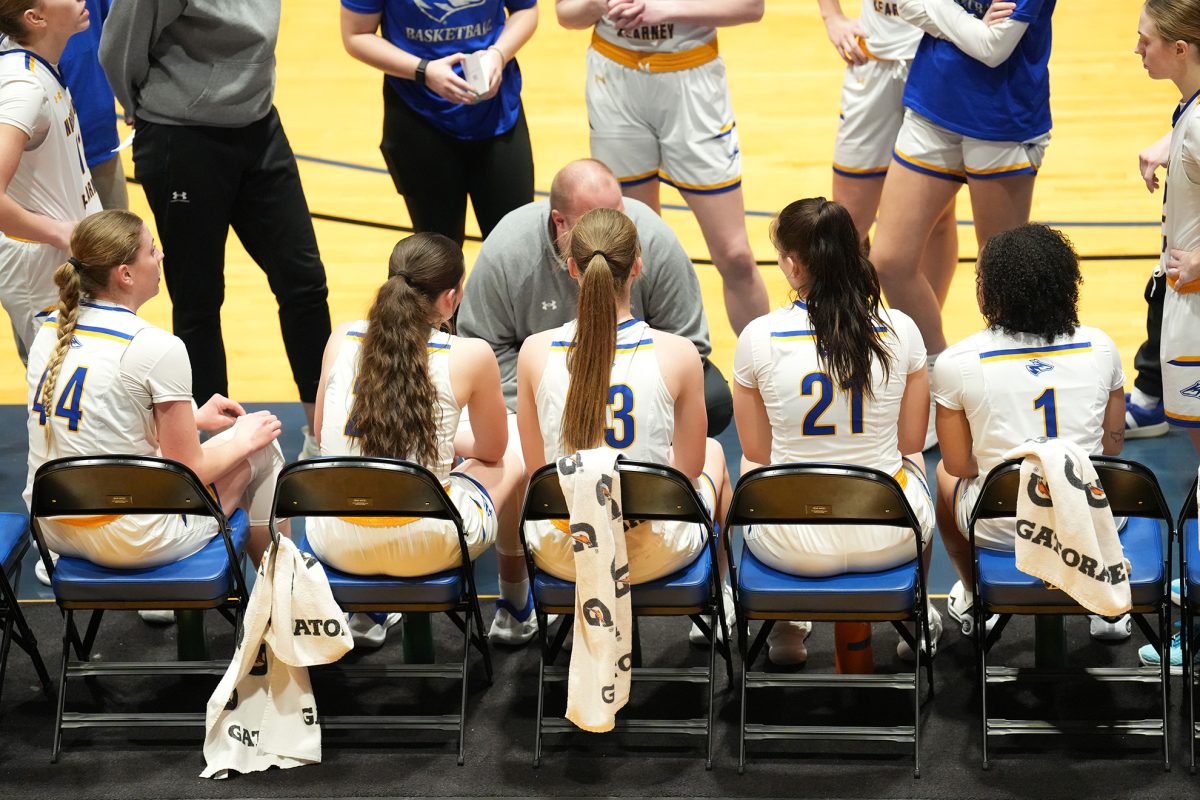
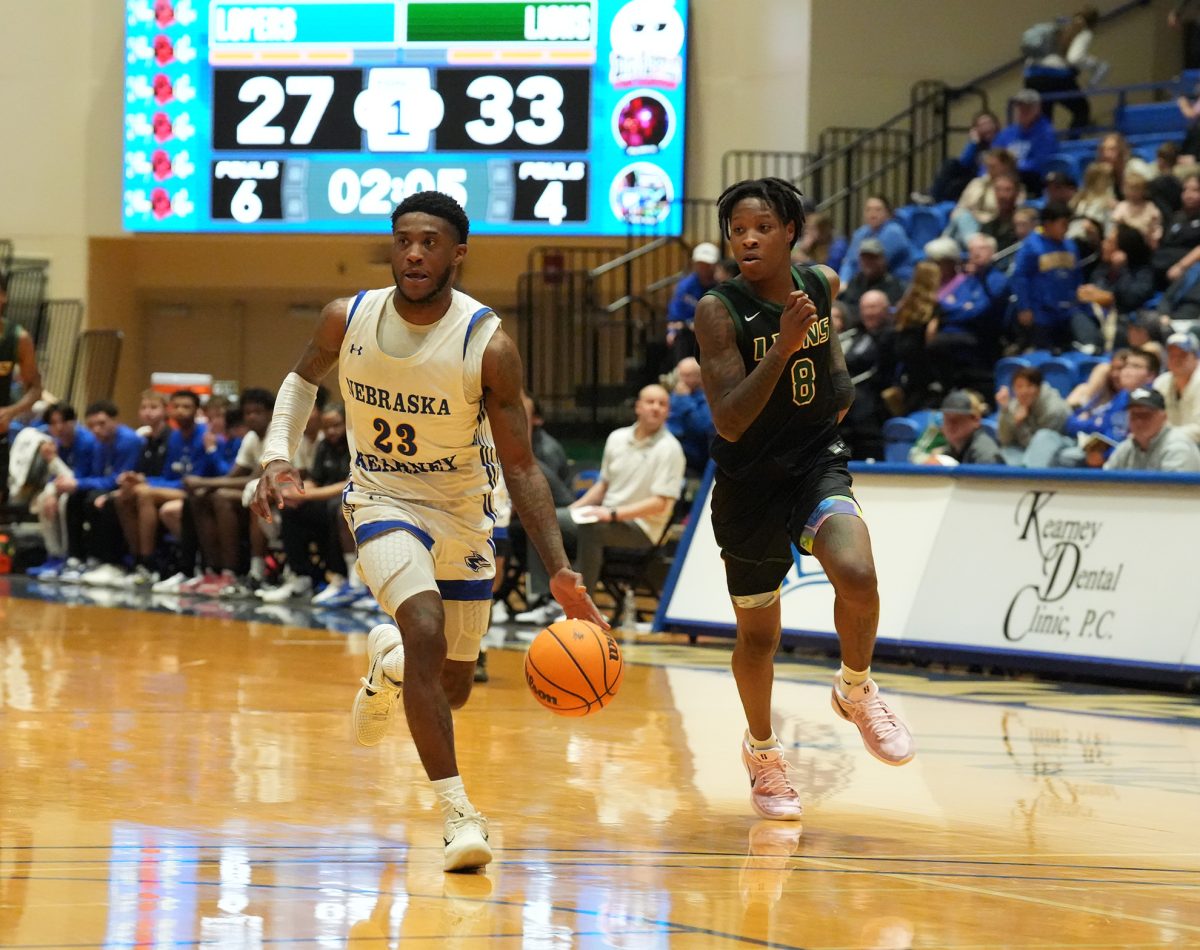


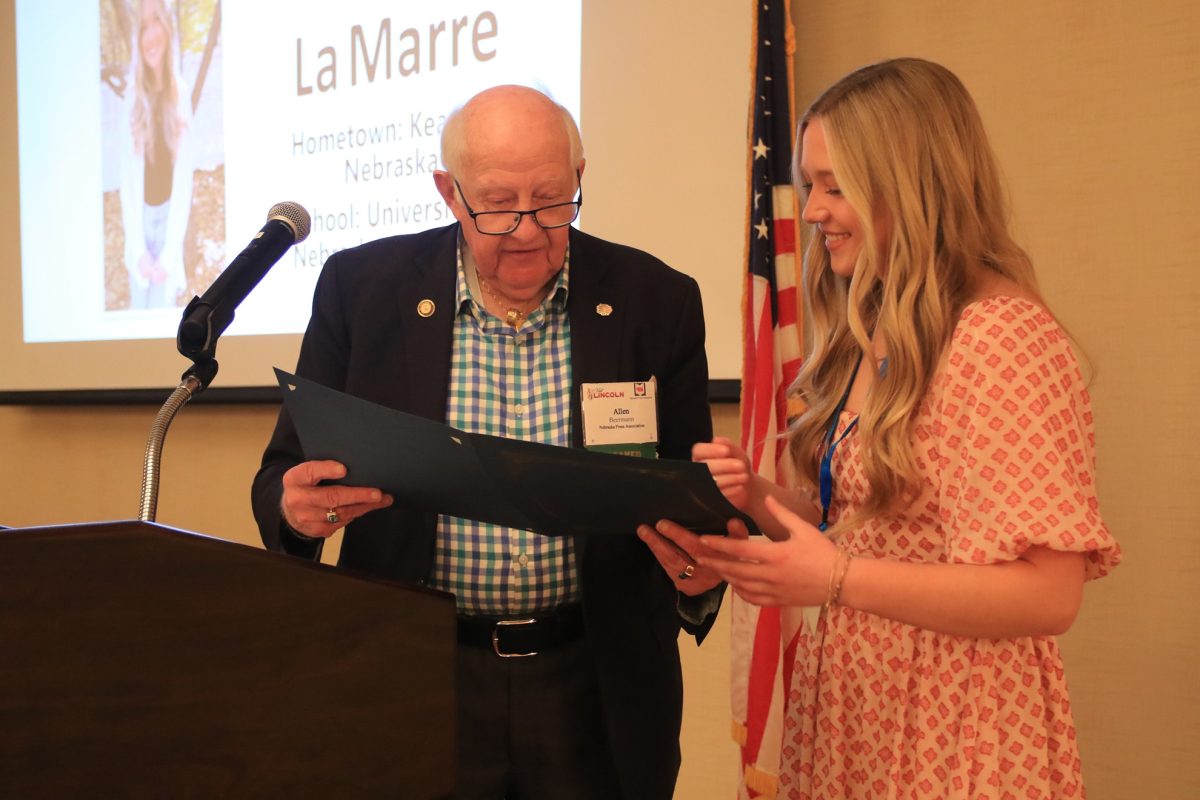
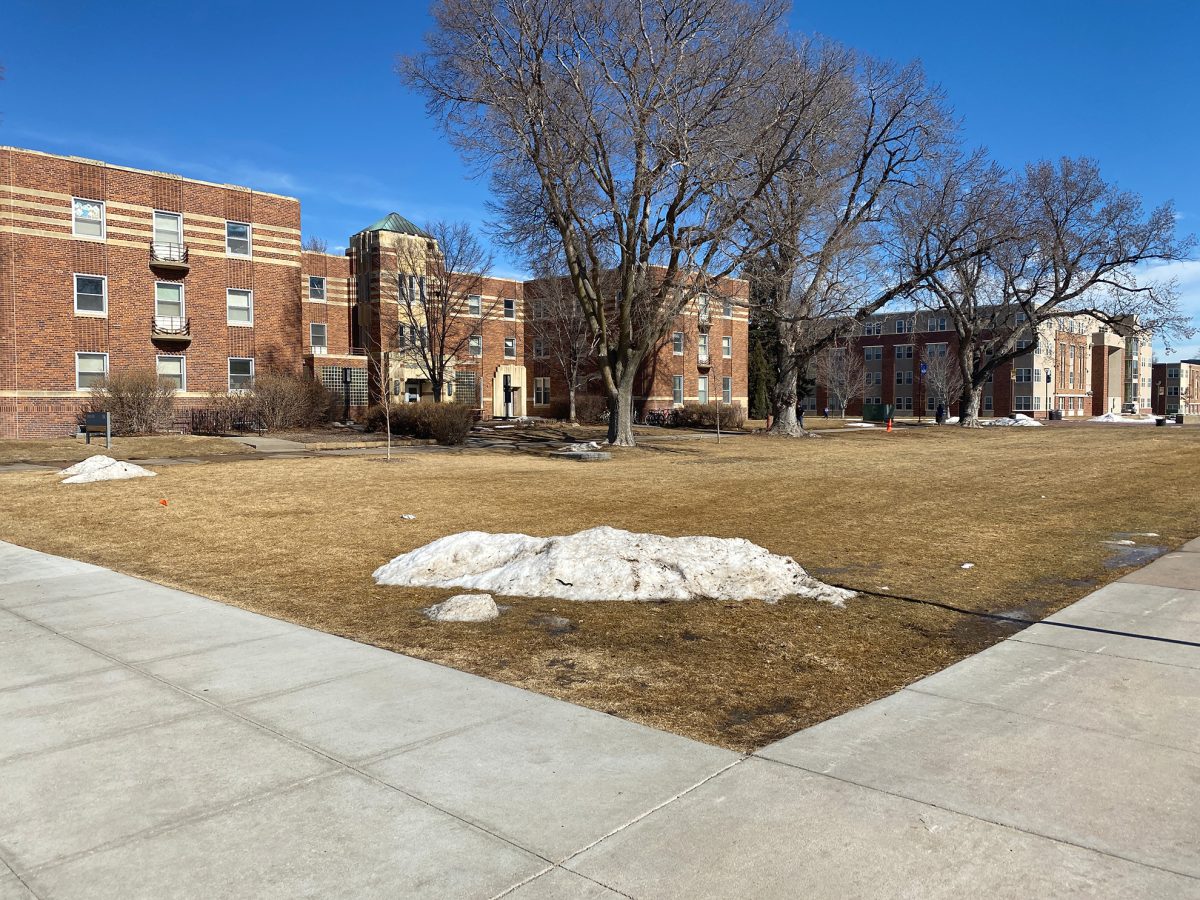
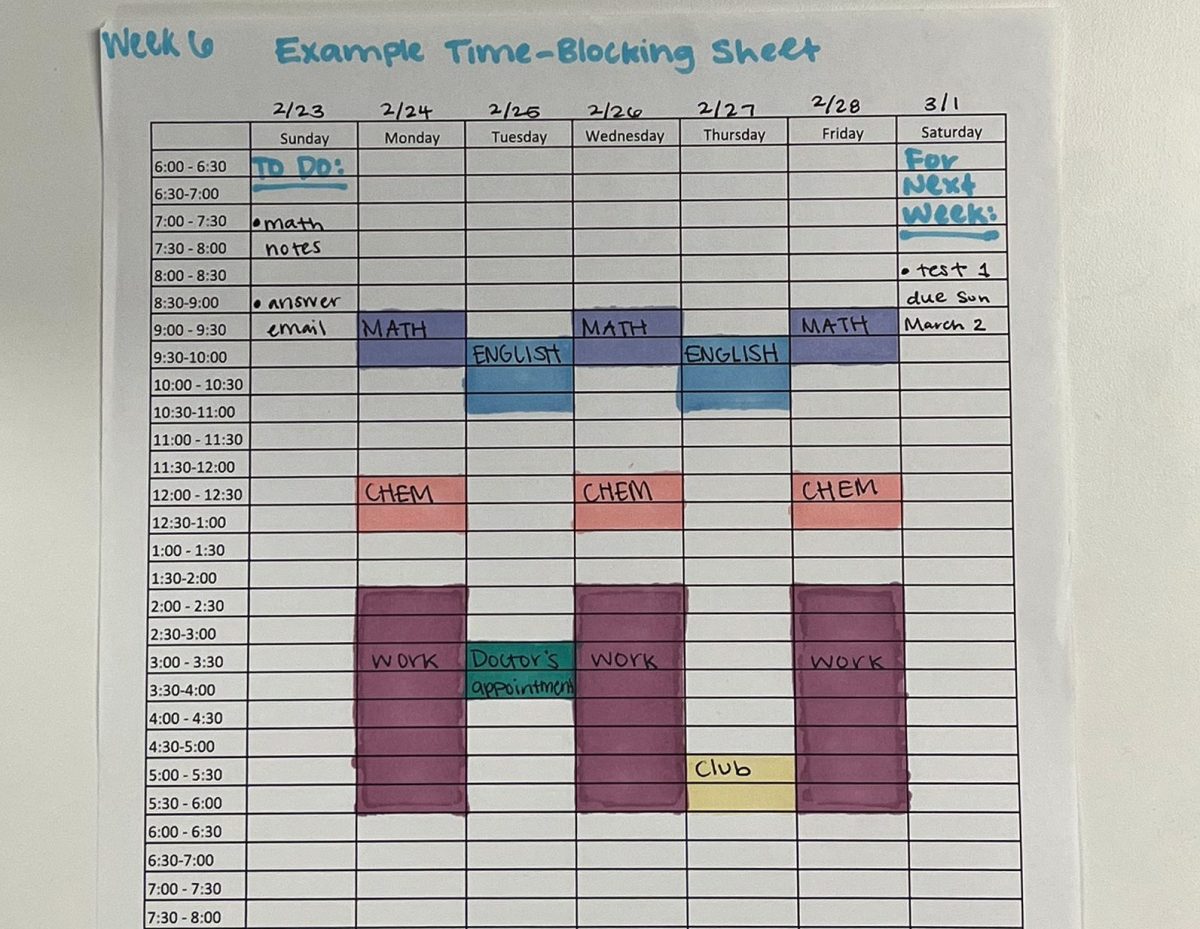






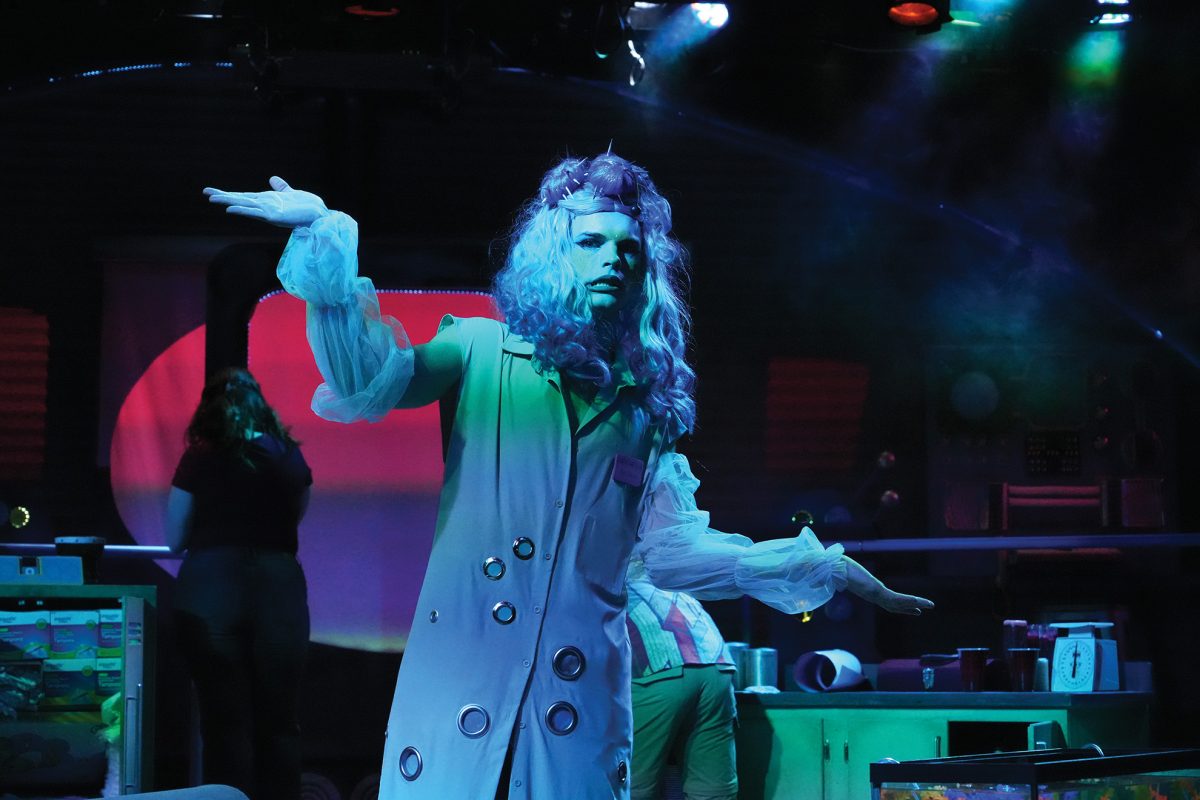
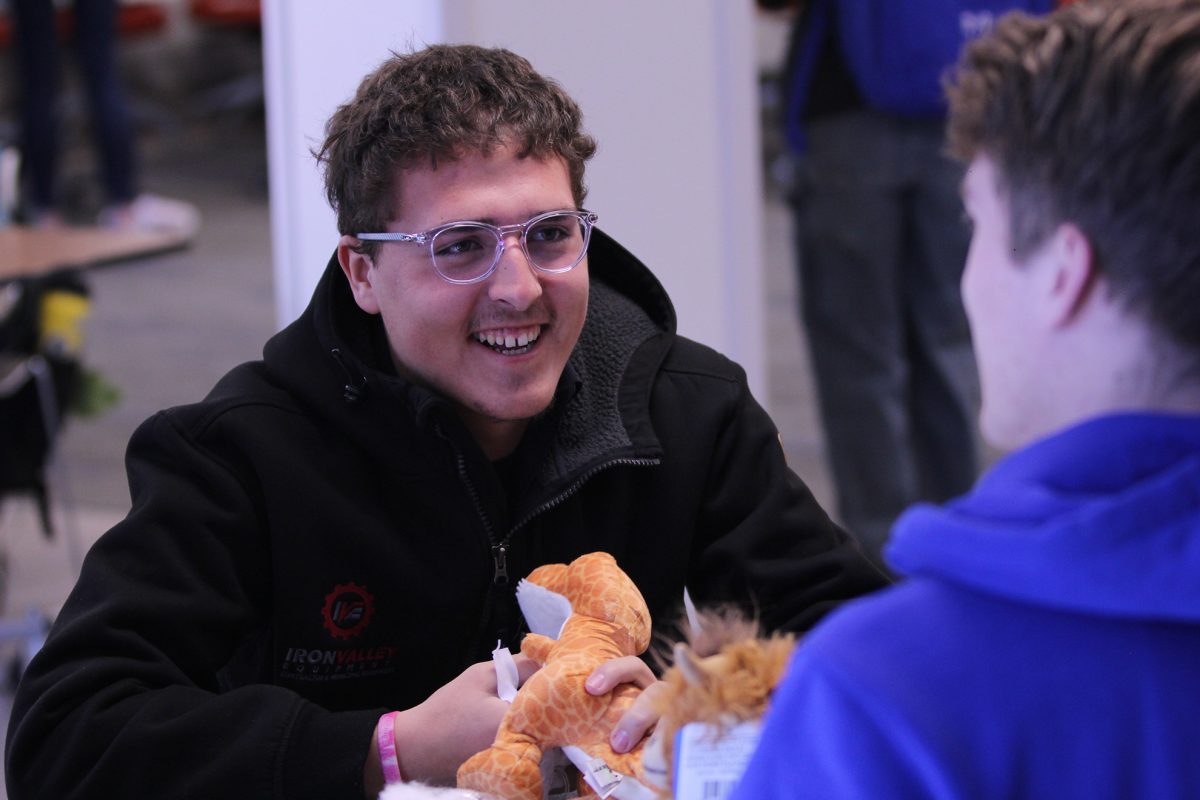




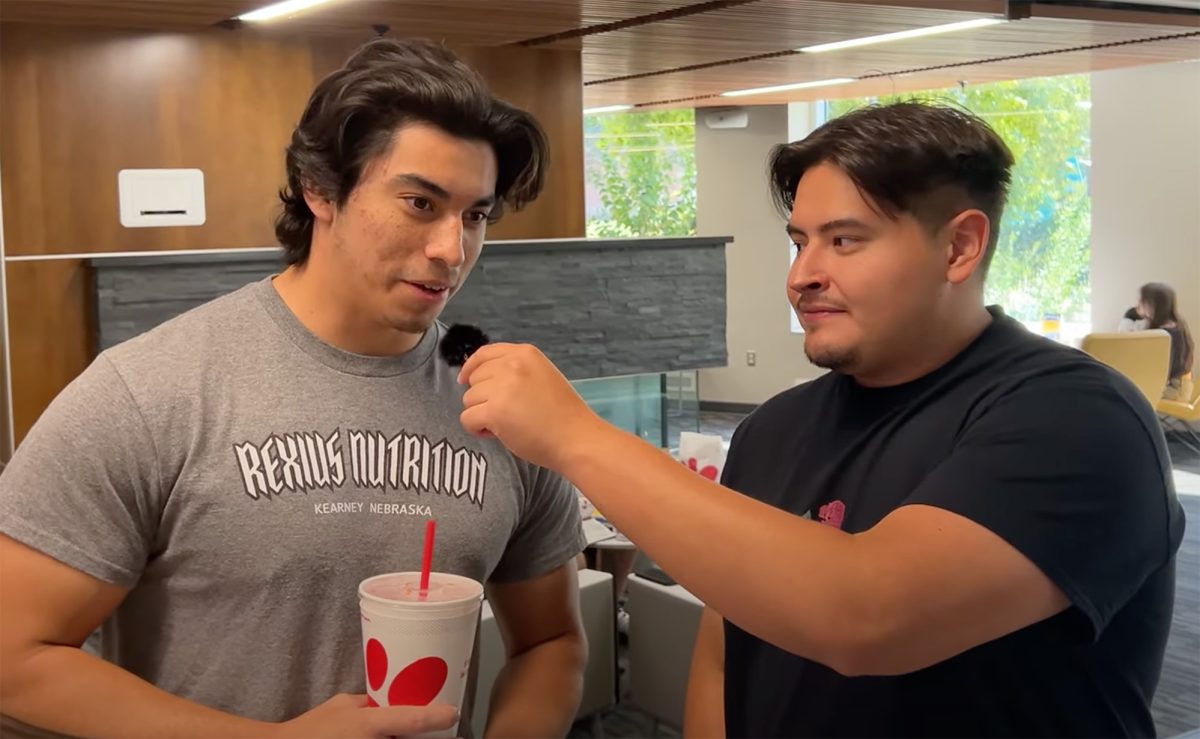

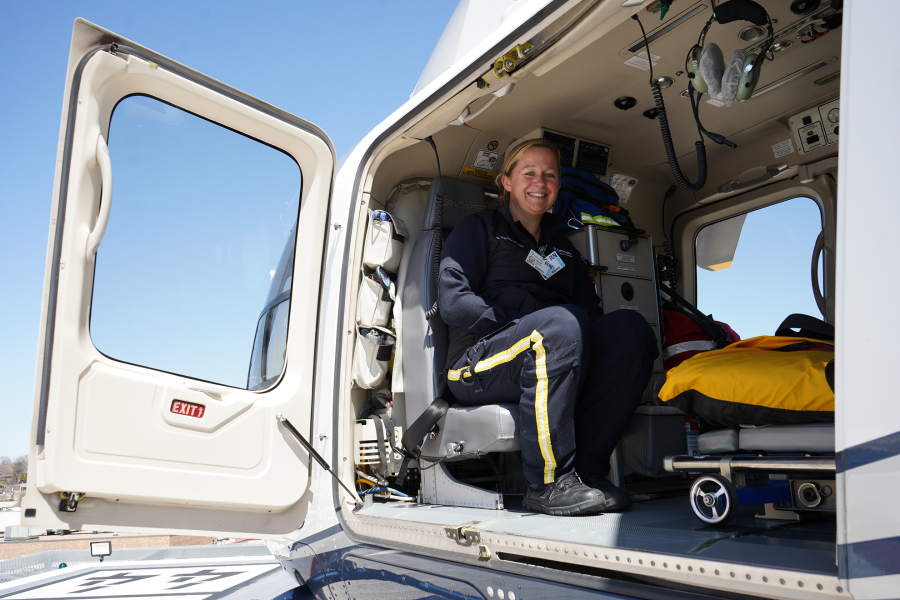
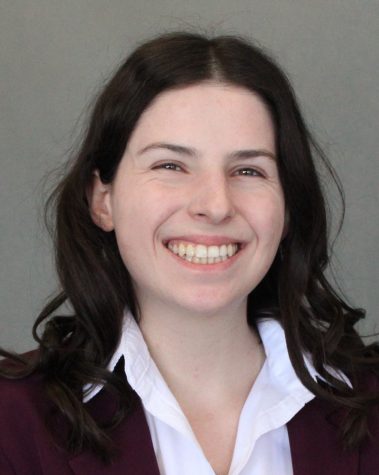

Jim Davis • Apr 28, 2023 at 1:53 pm
Outstanding article, Mallory!!